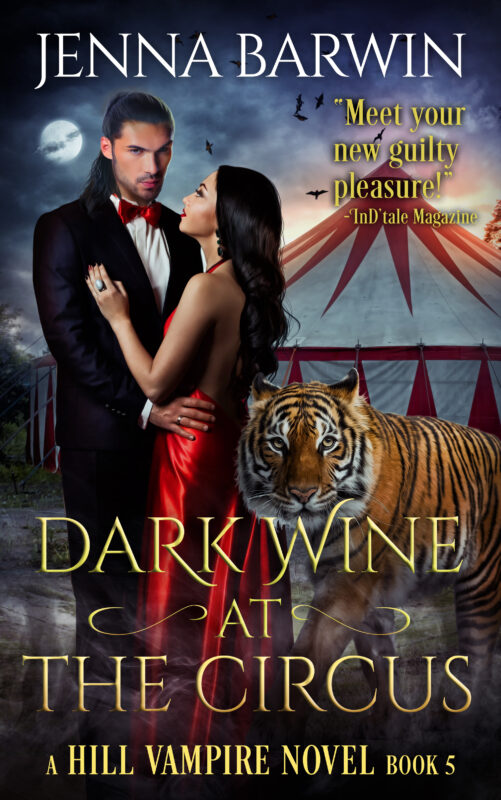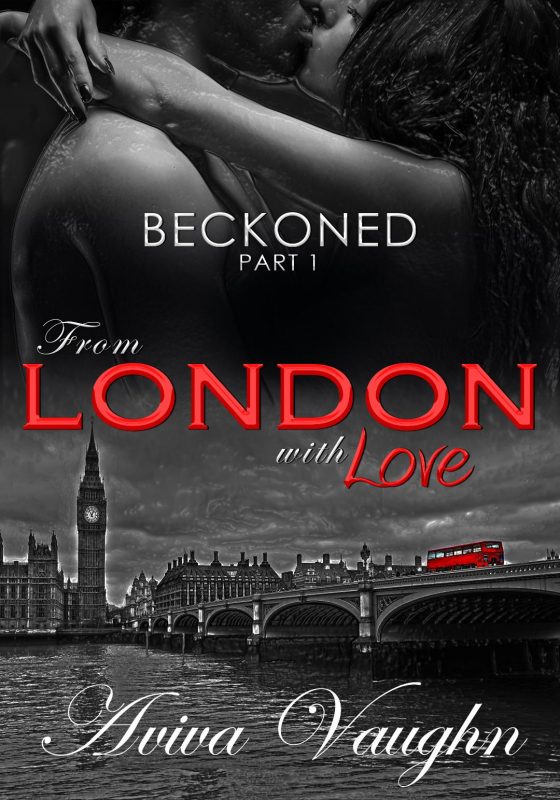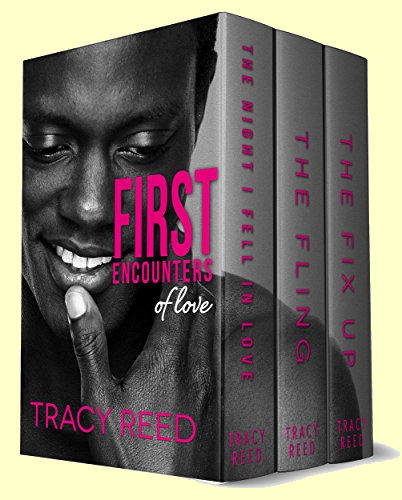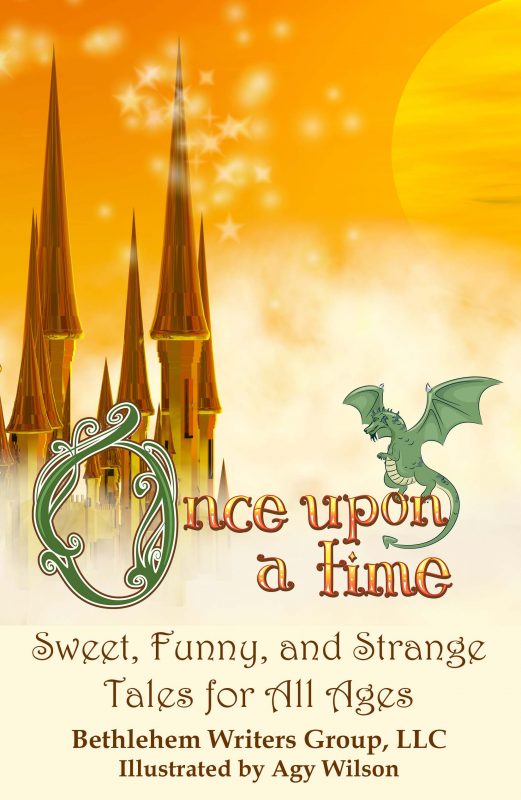Artistic Expression and Why it Matters by Veronica Jorge
October 22, 2022 by Veronica Jorge in category Write From the Heart by Veronica Jorge tagged as artists
“Picture it. Sicily….” Most of us will recognize that memorable line with which the outspoken Sophia Petrillo, portrayed by Estelle Getty in the television sitcom, The Golden Girls prefaced her words of wisdom and advice.
And what movie goer can ever forget Marlon Brando’s husky voice in the Godfather as the Italian patriarch Don Vito Corleone? “I’ll make him an offer he can’t refuse.”
Charlton Heston will forever be etched in the mind as Moses parting the red sea in Cecil B. DeMille’s, The Ten Commandments.
And in my estimation, Omar Sharif’s interpretation of the apostle Peter in the movie of the same name was superb.
All of these portrayed ethnicities and faiths other than their own. And we loved it.
So, I don’t understand the current trend that considers telling a story other than your own taboo because it means you are appropriating another’s culture.
The world of literature has made important contributions to our knowledge of and understanding of other peoples and cultures. For example: Japanese born Kazuo Ishiguro’s novel, The Remains of the Day, allowed us a glimpse into a stately English home through the eyes of a British butler. Arthur Golden took us into the world and emotions of Japanese geisha women in his novel, Memoirs of a Geisha. The white journalist and novelist, John Howard Griffin medically colored his skin to pen, Black Like Me, a novel that made us feel the terror of being black in the deep South. Pearl S. Buck, an advocate of cross-cultural understanding and racial harmony, left a legacy of philanthropy and literature that includes her portraits of China in the novels, The Good Earth and Peony. And, I Claudius, by the British novelist Robert Graves, written as an autobiography, revealed the mind and nature of a Roman emperor.
Let’s be honest, whether it’s a hairstylist, auto mechanic, doctor, technician, or politician, we want the person who can best do the job. We evaluate them according to their experience, competence, and track record, not by their race, color or creed.
Why should the arts be any different? For the price of theatre tickets today, I want to get my money’s worth with the best performance. When I purchase a book, I want captivating writing that merits it a place of honor on my shelf.
Actors and writers research the world and times of the individuals they portray and write about. They enlighten us on issues we may be unaware of. They speak for the voiceless and reveal the invisible people we often pass on the street every day and ignore. The characters they bring to life illuminate events and sometimes horrific stories that need to be told. We begin to understand the challenges that motivate people’s actions and choices. We feel their anguish, hopes and dreams that are often our own as well. Via the actor’s and writer’s skillful character studies and world building, we meet believable individuals that we will never forget, and that we enjoy seeing and reading about over and over again. Their work is often the catalyst that spurs us to act and make changes which result in a better life for all of us.
Whether you read Gone With the Wind by Margaret Mitchell or, The Wind Done Gone by Alice Randall, both offer valuable insights and perspectives for understanding the people and the times.
Based on today’s standards, many of the wonderful novels that we consider literary classics would have never been written, and some of the movies we make a tradition of watching each year would have never been made.
The following quote from the 1895 poem, ‘Judge Softly or Walk a Mile in His Moccasins’ by Mary T. Lathrap (1838-1895) summarizes the importance of artistic expression.
“ Just for a moment, slip into his mind and traditions and see the world through his spirit and eyes…”
One might say that the empathy in acting and writing, its ability to help us understand and share the feelings of another, is essential for creating and participating in a just and safe society.
The only requirement that makes such magic possible is unfettered and uncensored artistic expression.
I hope that actors, writers, and all artists will continue unhindered to depict significant works of art that capture moments in time, help us understand the world around us, show us who we are, and inspire us to be kinder and more compassionate towards one another.
Veronica Jorge
See you next time on November 22nd!
2 2 Read moreCOVER YOUR ASSETS
August 15, 2013 by A Slice of Orange in category Archives tagged as artists, covers, graphic artists
 |
| My most recent cover with Caitlin |
Affiliate Links
A Slice of Orange is an affiliate with some of the booksellers listed on this website, including Barnes & Nobel, Books A Million, iBooks, Kobo, and Smashwords. This means A Slice of Orange may earn a small advertising fee from sales made through the links used on this website. There are reminders of these affiliate links on the pages for individual books.
Search A Slice of Orange
Find a Column
Archives
Featured Books
DARK WINE AT THE CIRCUS
Everyone has a secret fantasy—even a rich and powerful vampire…
More info →BECKONED, PART 1: FROM LONDON WITH LOVE
The regret of missed opportunity...
More info →FIRST ENCOUNTERS OF LOVE
The FIRST ENCOUNTERS OF LOVE box set includes three stories of romantic firsts.
More info →ONCE UPON A TIME: Sweet, Funny, and Strange Tales for All Ages
Step through our castle doors into a world of imagination!
More info →Newsletter
Contributing Authors
Search A Slice of Orange
Find a Column
Archives
Authors in the Bookstore
- A. E. Decker
- A. J. Scudiere
- A.J. Sidransky
- Abby Collette
- Alanna Lucus
- Albert Marrin
- Alice Duncan
- Alina K. Field
- Alison Green Myers
- Andi Lawrencovna
- Andrew C Raiford
- Angela Pryce
- Aviva Vaughn
- Barbara Ankrum
- Bethlehem Writers Group, LLC
- Carol L. Wright
- Celeste Barclay
- Christina Alexandra
- Christopher D. Ochs
- Claire Davon
- Claire Naden
- Courtnee Turner Hoyle
- Courtney Annicchiarico
- D. Lieber
- Daniel V. Meier Jr.
- Debra Dixon
- Debra H. Goldstein
- Debra Holland
- Dee Ann Palmer
- Denise M. Colby
- Diane Benefiel
- Diane Sismour
- Dianna Sinovic
- DT Krippene
- E.B. Dawson
- Emilie Dallaire
- Emily Brightwell
- Emily PW Murphy
- Fae Rowen
- Faith L. Justice
- Frances Amati
- Geralyn Corcillo
- Glynnis Campbell
- Greg Jolley
- H. O. Charles
- Jaclyn Roché
- Jacqueline Diamond
- Janet Lynn and Will Zeilinger
- Jaya Mehta
- Jeannine Atkins
- Jeff Baird
- Jenna Barwin
- Jenne Kern
- Jennifer D. Bokal
- Jennifer Lyon
- Jerome W. McFadden
- Jill Piscitello
- Jina Bacarr
- Jo A. Hiestand
- Jodi Bogert
- Jolina Petersheim
- Jonathan Maberry
- Joy Allyson
- Judy Duarte
- Justin Murphy
- Justine Davis
- Kat Martin
- Kidd Wadsworth
- Kitty Bucholtz
- Kristy Tate
- Larry Deibert
- Larry Hamilton
- Laura Drake
- Laurie Stevens
- Leslie Knowles
- Li-Ying Lundquist
- Linda Carroll-Bradd
- Linda Lappin
- Linda McLaughlin
- Linda O. Johnston
- Lisa Preston
- Lolo Paige
- Loran Holt
- Lynette M. Burrows
- Lyssa Kay Adams
- Madeline Ash
- Margarita Engle
- Marguerite Quantaine
- Marianne H. Donley
- Mary Castillo
- Maureen Klovers
- Megan Haskell
- Melanie Waterbury
- Melisa Rivero
- Melissa Chambers
- Melodie Winawer
- Meriam Wilhelm
- Mikel J. Wilson
- Mindy Neff
- Monica McCabe
- Nancy Brashear
- Neetu Malik
- Nikki Prince
- Once Upon Anthologies
- Paula Gail Benson
- Penny Reid
- Peter J Barbour
- Priscilla Oliveras
- R. H. Kohno
- Rachel Hailey
- Ralph Hieb
- Ramcy Diek
- Ransom Stephens
- Rebecca Forster
- Renae Wrich
- Roxy Matthews
- Ryder Hunte Clancy
- Sally Paradysz
- Sheila Colón-Bagley
- Simone de Muñoz
- Sophie Barnes
- Susan Kaye Quinn
- Susan Lynn Meyer
- Susan Squires
- T. D. Fox
- Tara C. Allred
- Tara Lain
- Tari Lynn Jewett
- Terri Osburn
- Tracy Reed
- Vera Jane Cook
- Vicki Crum
- Writing Something Romantic
Affiliate Links
A Slice of Orange is an affiliate with some of the booksellers listed on this website, including Barnes & Nobel, Books A Million, iBooks, Kobo, and Smashwords. This means A Slice of Orange may earn a small advertising fee from sales made through the links used on this website. There are reminders of these affiliate links on the pages for individual books.







































